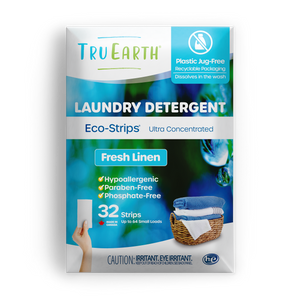Dealing with a clogged bathroom sink can be a frustrating experience, disrupting your daily routine. However, you don't need to be a plumbing expert to tackle this common issue effectively.
In this thorough guide, we'll focus on practical and detailed solutions, ranging from simple do-it-yourself methods to knowing when it's time to seek professional help.

Understanding Why Your Sink Gets Clogged
To successfully tackle a clogged bathroom sink, it's important to understand the key factors contributing to the problem. Over time, various substances like hair, soap scum, toothpaste residue, and other debris build up within the drain, creating persistent blockages.
The precise location of the clog within the sink's complex drainage system can significantly impact the effectiveness of the unclogging methods you choose. Hair is one of the most common culprits in sink clogs, as it tends to become entangled with soap and toothpaste residues.
As these substances combine, they form a sticky, gummy mess that restricts water flow. Knowing the nature of these clogs is the first step in effectively dealing with them. The positioning of the clog can also vary, sometimes occurring in the P-trap, a curved pipe located beneath the sink, or deeper within the plumbing system.
Identifying the clog's location is essential because it informs your approach to unclogging. Whether it's a surface blockage you can easily reach or a more challenging issue deep within the pipes, knowing where to focus your efforts will save you time and frustration.
DIY Solutions for Minor Clogs
For minor clogs, do-it-yourself solutions can often provide a quick and effective remedy. Begin by removing the sink stopper or drain cover to gain access to visible debris.
A simple yet effective tool, such as a wire hanger fashioned into a makeshift drain snake, can be used to extract hair and gunk. Additionally, a mixture of baking soda and vinegar poured down the drain initiates a fizzy reaction that helps break down organic matter.
Plunging Techniques
When DIY methods fall short, turning to a plunger is the next step. It's essential to ensure there's enough water in the sink to cover the plunger's cup, forming a proper seal.
Employ a vigorous up-and-down plunging motion to create pressure and suction, dislodging the clog. Persistence is key, as several attempts may be required for success.
Chemical Drain Cleaners: Proceed with Caution
While chemical drain cleaners are readily available, caution is advised when using them. These cleaners often contain harsh chemicals that can potentially damage pipes and pose health risks.
If opting for chemical cleaners, it's essential to follow instructions meticulously, wear protective gear, and ensure adequate ventilation to mitigate risks. Avoid mixing different types of drain cleaners, as this can result in dangerous reactions.
When to Seek Professional Help
If DIY methods and chemical cleaners prove ineffective or if you're dealing with recurring clogs, it's time to consider professional assistance.
Plumbers possess specialized tools such as augers and drain snakes designed to tackle more stubborn clogs. Furthermore, they can inspect the plumbing system for underlying issues contributing to frequent clogging.
Preventive Measures for Future Clogs
Successfully unclogging your bathroom sink is only part of the solution; adopting preventive measures is key to avoid future issues.
Ensuring a free-flowing bathroom sink is not just about reacting to clogs; it's about implementing proactive measures to prevent them from occurring in the first place.
Here's an in-depth look at the preventive measures you can adopt:
Utilize Drain Covers
Invest in drain covers or strainers designed to fit over the sink's drain opening. These simple yet effective devices act as filters, capturing hair, soap scum, and other debris before they have a chance to travel down the drain.
Regularly cleaning the drain cover is a quick task that significantly contributes to maintaining a clear and unobstructed drainage system.
Regularly Clean the Stopper
The sink stopper or plug is prone to collecting soap residue, toothpaste, and other substances that can contribute to clogs.
Make it a part of your regular cleaning routine to remove and clean the stopper thoroughly. This ensures that water can flow freely and prevents the gradual buildup of materials that could impede drainage.
Mindful Disposal of Debris
Be mindful of what goes down the drain. Avoid rinsing large food particles, grease, or excessive soap directly into the sink.

Flowing Solutions: Wrapping Up Sink Unclogging
Unclogging a bathroom sink doesn't have to be a daunting task. With a thorough understanding of the causes and a toolkit of effective methods, you can confidently tackle clogs and maintain a smoothly running sink.
Adopting a proactive approach to maintenance will spare you from the inconvenience of dealing with persistent blockages, ensuring a hassle-free daily routine.


